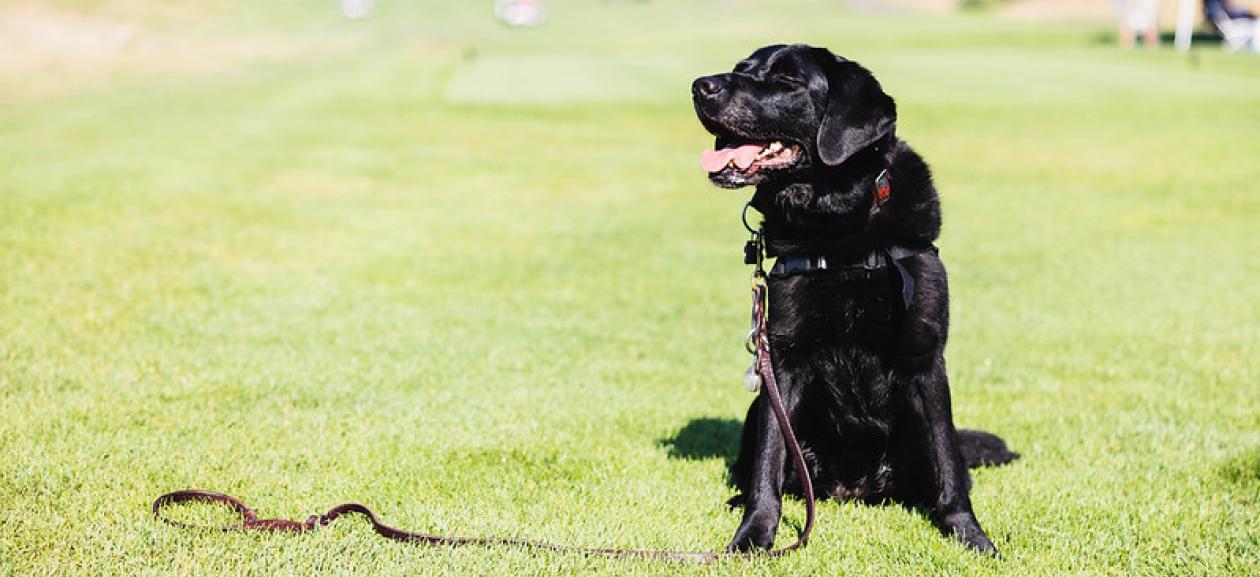
Everything You Need to Know About Heatstroke in Cats & Dogs
Summer is a season of fun and adventure, but it also brings scorching temperatures that can pose serious risks to our pets. Heatstroke (also called hyperthermia) is a life-threatening condition that can affect both dogs and cats. As responsible pet owners, it's important to protect our animals during hot weather and recognize the early signs of overheating. Early recognition and intervention are critical to ensuring your pet’s well-being. With quick action, you can make a life-saving difference.
What is Heatstroke and How Does it Happen?
Heatstroke is a life-threatening condition that occurs when an animal's body temperature rises to dangerous levels, typically above 103°F (39.4°C). It can happen when pets are exposed to high temperatures and unable to regulate their body heat effectively. Pets primarily rely on panting as their primary cooling mechanism, which may not be sufficient in extreme heat conditions.
Why Are Pets More Susceptible Than People?
Pets are at greater risk because:
- They wear fur coats year-round.
- They have fewer sweat glands.
- They rely on panting, which isn’t always enough.
- They absorb heat faster, especially from pavement and direct sun.
They also may not show distress right away, so it’s up to us to monitor for signs and avoid dangerous situations.
Signs of Heatstroke in Dogs and Cats
Heatstroke can be fatal if not treated promptly. Signs include:
- Heavy panting
- Vomiting or diarrhea
- Excessive drooling
- Bright red gums or tongue
- Restlessness or agitation
- Weakness or confusion
- Seizures
- Uncoordinated movements or collapse
Some cats may show less obvious signs, such as lethargy, open-mouth breathing, or drooling—so it’s important to monitor them closely in the heat.
What Should You Do If Your Pet Shows Signs of Heatstroke?
If you think your pet may be suffering from heatstroke, call DoveLewis immediately at 503-228-7281 or contact your regular veterinarian, and get to an animal hospital right away.
While you head to the hospital, you can:
- Begin active cooling: Apply towels soaked in cool (not cold) water to the hairless areas of the body, such as the belly, armpits, groin, ear flaps, and paw pads.
- Avoid using ice or ice-cold water, which can cause blood vessels to constrict and prevent heat from leaving the body.
- Do not immerse your pet in water, which can trap heat and lead to dangerous temperature shifts.
- Use a fan to help with their cooling.
Even if your pet seems to recover, they should still be examined by a veterinarian.
Prevention is Key
- Never leave pets in a vehicle. Even on a mild day, the interior of a car can reach 120°F in minutes. Cracking a window does not help.
- Ensure constant access to water. Refill bowls frequently, and consider adding extra bowls around the home or yard.
- Avoid intense outdoor exercise. Take breaks in shaded areas and offer water often. Early morning or late evening walks are best.
- Protect their paws. Asphalt and concrete can burn paws. Use the "7-second test": if you can’t hold your hand on the pavement for 7 seconds, it’s too hot.
- Stay indoors during peak heat. The hottest part of the day is usually between 10 a.m. and 5 p.m..
Recent Posts
Why Chocolate Is So Risky for Pets
Milk or dark, candy or cake – chocolate may be one of our favorite sweet treats, but it’s definitely not meant to be consumed by our pets.
Holiday Hazards for Your Pet
Deck the halls with boughs of holly … but be sure it’s out of reach of your furry friends! It’s easy to get swept up in the festivities of the season, but don’t forget that added fun means added risks for your pets.




